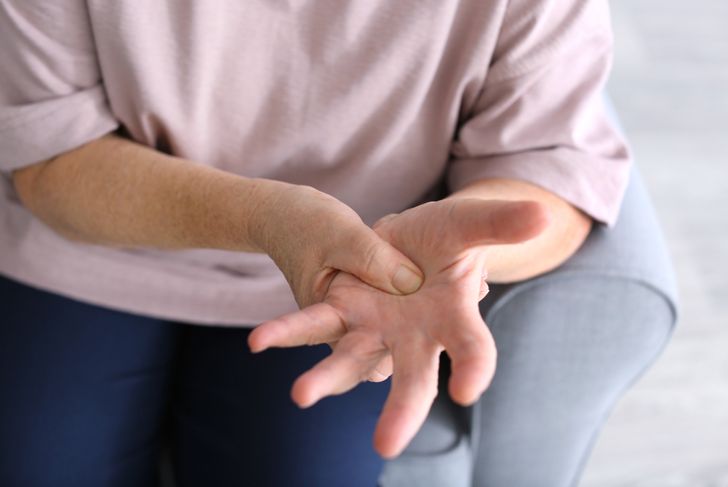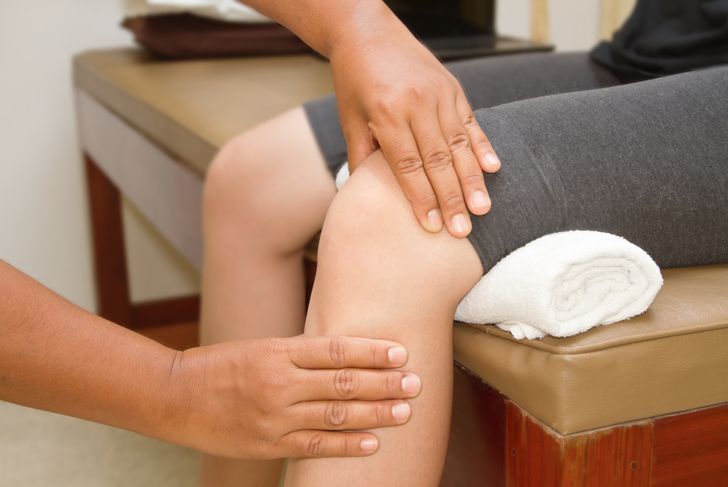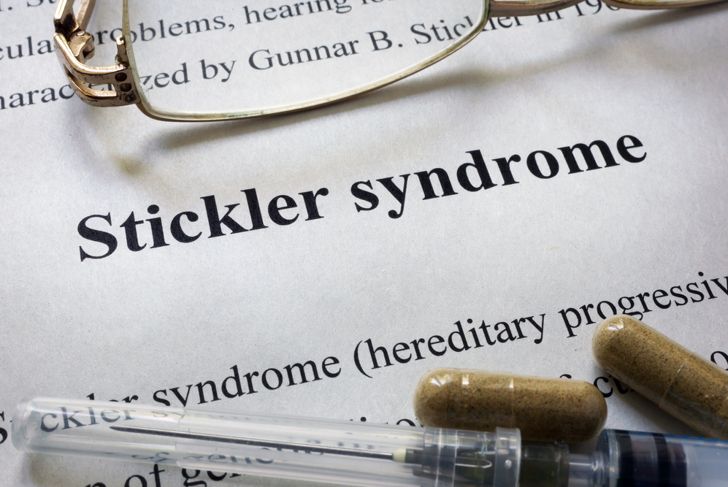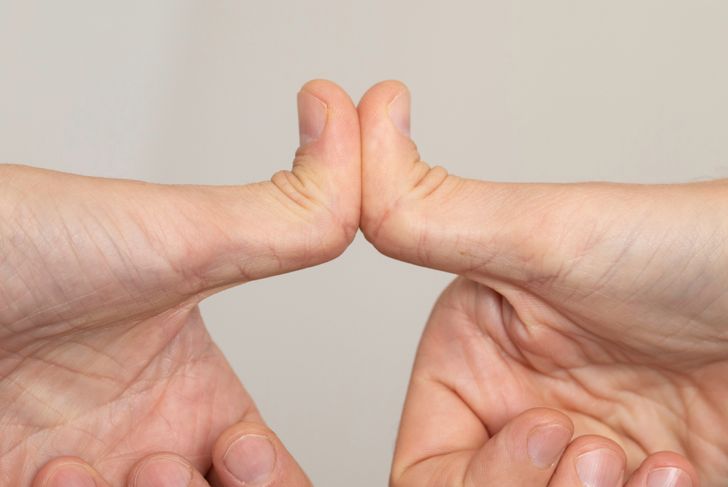Joint hypermobility syndrome, previously known as benign joint hypermobility syndrome, is a connective tissue disorder. As the name implies, the condition allows for extreme joint mobility, among other symptoms. In recent years, the medical field has moved away from diagnosing joint hypermobility syndrome and now uses several more accurate terms.
Characteristic Symptoms
The signature symptoms of joint hypermobility syndrome are extremely flexible joints and joint pain. Other symptoms may also develop, such as stiffness in the hypermobile joints. Some people with joint hypermobility syndrome frequently dislocate their joints, which can eventually lead to sprains or strains. Hypermobility can also lead to joint locking, especially in the fingers.
Other Possible Symptoms
In addition to joint-related symptoms, people with joint hypermobility syndrome may develop various other issues. Many experience fatigue, even after a proper amount of sleep. Additionally, joint hypermobility syndrome may cause a poor response to anesthetics or pain medication.
Causes
Joint hypermobility syndrome can stem from one or more specific issues:
The atypical shape of the bones that form the joints
Issues with collagen or other connective tissues, also cause weak ligaments, muscles, bones, and tendons
Atypical joint proprioception — an inability to mentally judge where the joints are in space — that causes joint injuries
Lower than typical muscle mass or strength
Because the condition can present in so many ways, researchers have had difficulty identifying specific factors or genes that lead to joint hypermobility syndrome.
Diagnosis
Doctors often have difficulty diagnosing joint hypermobility syndrome. To start, they may test for joint flexibility by examining whether or not a person can place both palms on the floor without bending their knees or if they can touch their forearm with their thumb. They may also look for other physical indicators, like drooping eyelids, soft tissue lesions, and dislocation. Physicians sometimes look for signs of anxiety or depression, as people with hypermobility syndrome are four times more likely to develop these mental health issues.
Differential Diagnoses
Over the years, medical experts have associated joint hypermobility syndrome with a range of conditions. To this day, the misdiagnosis of joint hypermobility syndrome for these issues remains common because of the similarities. These conditions include
Marfan syndrome
Stickler syndrome
Loweys-Dietz syndrome
Ehlers-Danlos syndrome
Rheumatoid arthritis
Lupus
Polio
Osteogenesis imperfecta
Joint Hypermobility Syndrome and Ehlers-Danlos Syndrome
Ehlers-Danlos syndrome is a group of diseases affecting the connective tissue. The characteristics of the hypermobile type of Ehlers-Danlos syndrome are almost identical to those of joint hypermobility syndrome. Some experts considered the two to be the same condition until the criteria for hypermobile Ehlers-Danlos syndrome were made more restrictive in 2017.
Complications
The extreme flexibility of the joints due to joint hypermobility syndrome may increase a person’s susceptibility to conditions like whiplash, osteoarthritis, carpal tunnel syndrome, and temporomandibular joint syndrome. Some people experience swelling in their joints after frequent use. Hypermobility can also lead to more frequent injuries, due to weakened muscles, poor proprioception, and consistent overstretching of the ligaments and connective tissues.
Treatment
Joint hypermobility syndrome has no cure, though its symptoms are manageable. Most importantly, people with the condition should avoid overusing or overstretching their joints. Some individuals benefit from bracing and neuromuscular taping. To help stabilize the joints, doctors recommend muscle-strengthening exercises. Because the pain of joint hypermobility syndrome stems from chronic strain, doctors tend to avoid recommending opioid painkillers and prescribe acetaminophen instead.
Anxiety, Depression, and Fear
People with hypermobility issues are more prone to conditions like generalized fear, anxiety, and depression. Some experts believe that these issues stem from a fear of causing greater pain by using the joints, though this theory requires more evidence. Many physicians and mental health specialists recommend cognitive-behavioral therapy to help manage these conditions.
Hypermobility Spectrum Disorder
As part of the 2017 process to make the criteria for Ehlers-Danlos syndrome more restrictive, the medical field also introduced the concept of hypermobility spectrum disorder. This new diagnosis exists to fully separate more general hypermobility issues from Ehlers-Danlos syndrome. While most people with joint hypermobility syndrome would fall under this new diagnosis, many would now fall under a more correct diagnosis of hypermobile Ehlers-Danlos syndrome.

 Home
Home Health
Health Diet & Nutrition
Diet & Nutrition Living Well
Living Well More
More




















